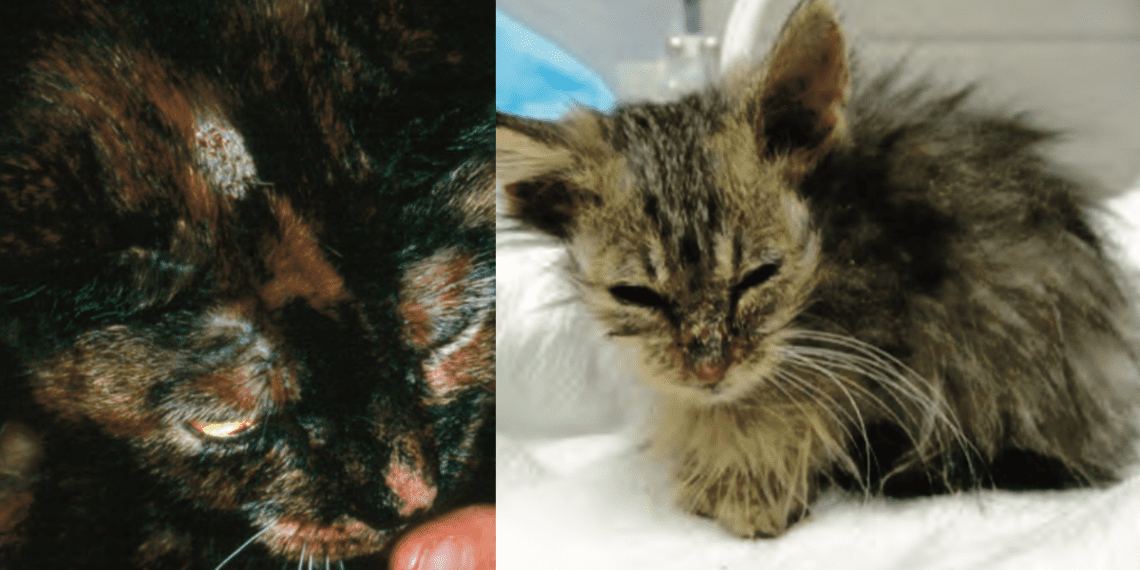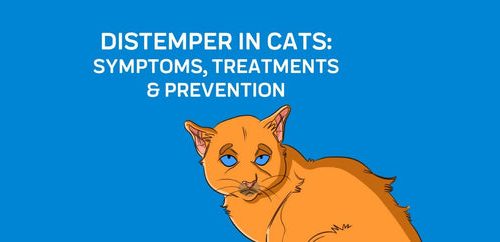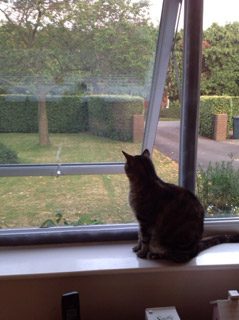
Microsporia in cats: causes, symptoms and treatment
If the cat’s hair suddenly begins to fall out, and the skin on the bald patches becomes inflamed and reddens, most likely the pet has caught a type of ringworm – microsporia. What other symptoms indicate the disease and what to do if the cat is infected?
Microsporia is dangerous not only for cats walking on the street, but also for those who have never left the apartment. This is because microscopic spores of the fungus of the genus Microsporum are quite tenacious, and a person can bring them home on clothes or shoes.
Contents
Causes of the disease
This is a contagious disease, and most often cats catch it from other animals. Microsporia is also dangerous for humans, therefore, at the first sign of ringworm in a cat, it should be isolated and contacted. veterinary specialist. The disease is especially dangerous for kittens, but adult cats and cats are also susceptible to it, especially those with reduced immunity and chronic illnesses.
Symptoms of microsporia
The incubation period for microsporia usually lasts about two weeks. During this period, no special signs are observed in the cat. After that, the disease can develop in several forms with its own symptoms.
Hidden. It usually develops in fairly healthy pets from the age of one year. The cat’s hair grows dull and falls out, dandruff appears, there may be a small rash.
Erased, or atypical. In some places, hair stops growing on the body of the animal, the skin is covered with grayish scales. The cat behaves restlessly and often itches.
Superficial. On the affected areas without hair, the skin swells and takes on a bluish tint. The itching gets worse.
Follicular. If the disease is not treated for a long time, it flows into a deep follicular form. It is characterized by the development of inflammation and the appearance of open wounds in the affected areas.
Diagnosis, treatment and home care
A veterinarian diagnoses microsporia using a Wood’s lamp – this is a special device that highlights the hairs affected by the fungus. In addition, skin scrapings are taken from the affected areas for microscopic examination. After confirming the diagnosis, the veterinarian prescribes treatment.
Treatment of microsporia in cats lasts approximately 1,5 months. To do this, use antifungal ointments – they are applied to the affected areas, and then a bandage is applied so that the cat does not lick off the medicine. In addition to ointments, specialists prescribe pills, immunity boosters and vitamins. It is not recommended to engage in treatment on your own, so as not to provoke complications.
Infection prevention measures
Microsporia in cats is a contagious disease that is dangerous for humans. To protect against any kind depriving, follows:
- to exclude self-walking cat and limit her contact with foreign animals;
- clean street clothes and shoes where the animal does not have access;
- maintain the immunity of the pet and undergo timely examinations with a doctor.
It is important to provide the cat quality food with all essential vitamins and minerals. A pet with a healthy immune system is much less likely to become infected with microsporia.
See also:
- Ringworm in a cat: symptoms, treatment and prevention
- The perfect coat for your kitten
- Skin Diseases in Cats: Symptoms and Treatment





